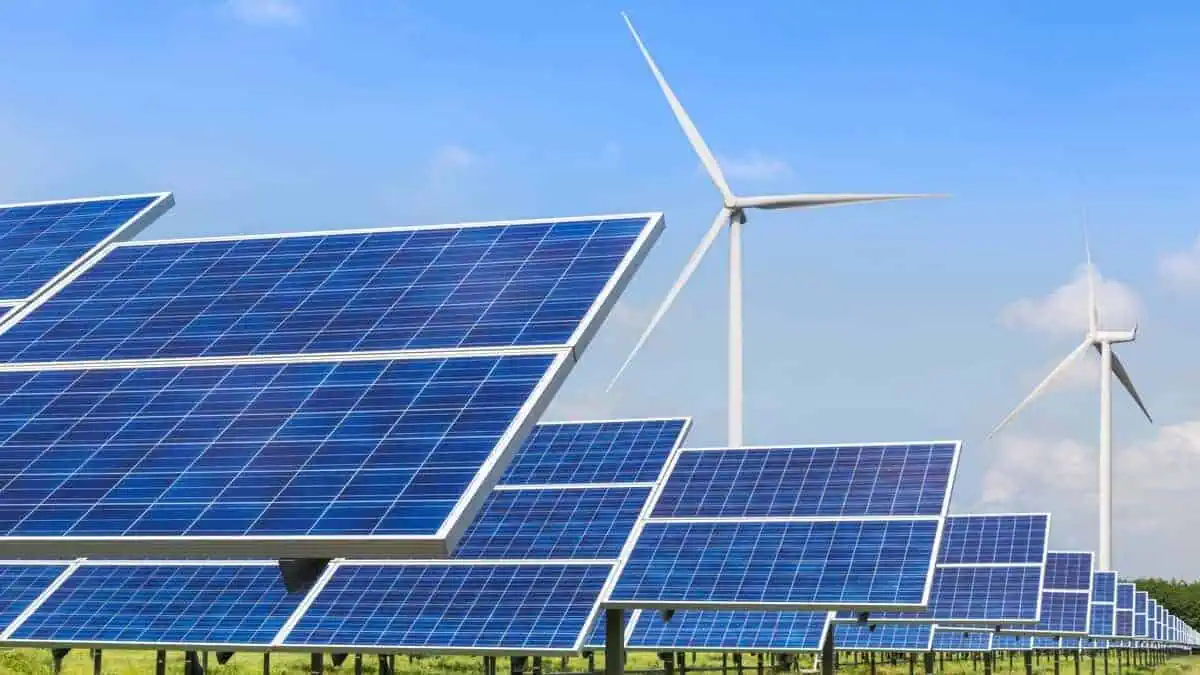The US Department of Energy (DOE) announced plans to develop a 1 gigawatt (GW) solar farm on the former top-secret “Manhattan Project” nuclear weapons site in Washington State.
For those unaware, “Manhattan Project” is the code name for the US nuclear weapons development program launched in 1942.
DOE to partner with Hecate Energy on 1 GW solar farm
According to the press release, the DOE will partner with Hecate Energy to repurpose the 8,000-acre federal land site dubbed “Hanford Site” as part of the Cleanup to Clean Energy program.
For context, the DOE introduced the program in July last year to repurpose portions of its lands for clean energy generation.
DOE selected Hecate Energy through a rigorous qualifications-based process for evaluating and ranking proposals. They will enter a negotiation process for a realty deal involving up to 8,000 acres of land at Hanford. According to the government agency, it “may cancel negotiations and rescind the selection for any reason during that time.”
Project details
The planned solar project is expected to generate 1 GW of clean energy. Apart from a solar photovoltaic system, the facility will also have a battery energy storage system (BESS).
The DOE has yet to reveal more information about the future solar Hanford Site in Washington State.
In hindsight, the US established the site in 1943 as a top-secret zone for the Manhattan Project during World War II. At the time, the site had nuclear reactors to make plutonium for the world’s first atomic bombs. It produced almost two-thirds of the plutonium used in the Manhattan Project.
“… DOE is transforming thousands of acres of land at our Hanford site into a thriving center of carbon-free solar power generation, leading by example in cleaning up our environment and delivering new economic opportunities to local communities.”
US Secretary of Energy Jennifer Granholm
This newly announced project aligns with the US government’s efforts to promote the shift to clean and sustainable energy. The Biden-Harris administration successfully added almost 90 GW of solar capacity to the electric grid, which can sufficiently power about 13 million households.






